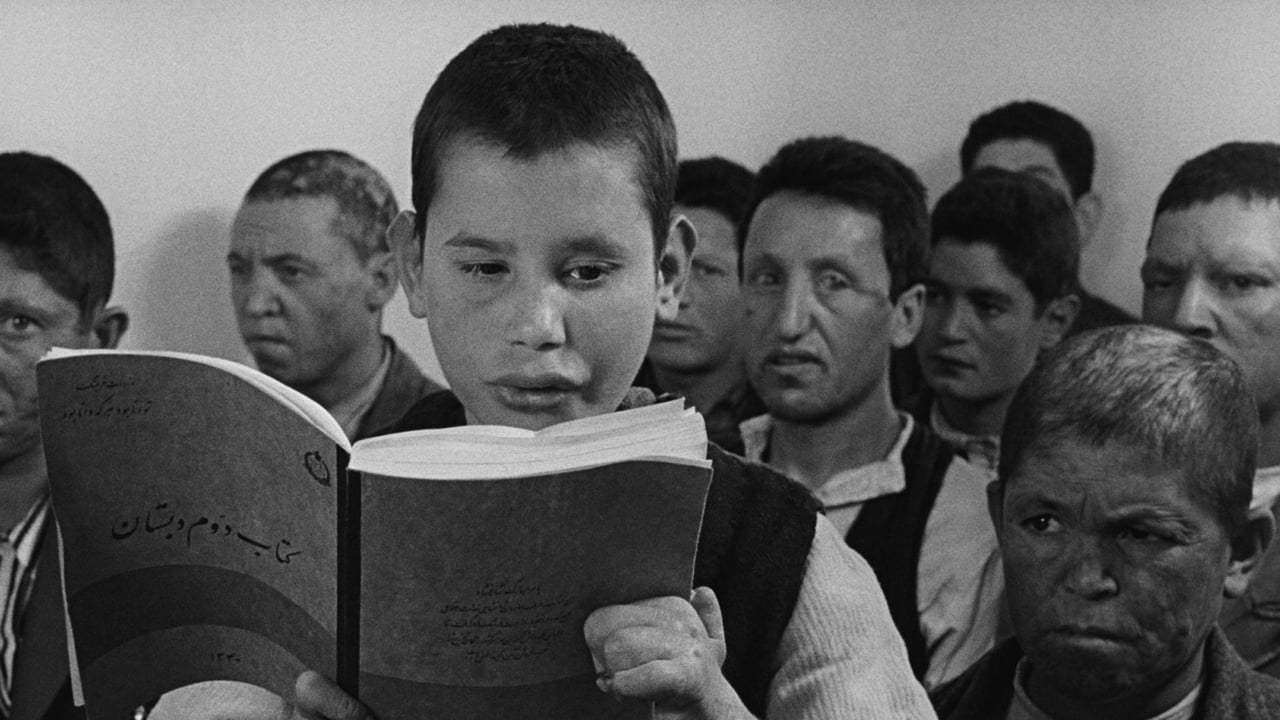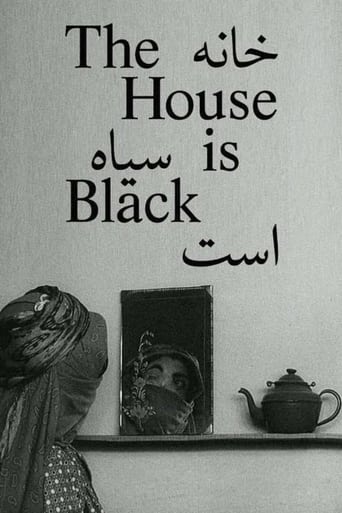UnowPriceless
hyped garbage
Phonearl
Good start, but then it gets ruined
Borserie
it is finally so absorbing because it plays like a lyrical road odyssey that’s also a detective story.
Kimball
Exactly the movie you think it is, but not the movie you want it to be.
Jackson Booth-Millard
This 20 minute short black-and-white Persian film is one I found in the book 1001 Movies You Must See Before You Die, I knew nothing about, especially with the simple but intriguing title. Basically this real-life film set in in Tebriz, Iran focuses on a leprosy colony, and also focuses on the human condition and the beauty of creation. Many of the lepers in the colony have become facially deformed, their fingers and toes have withered away with the chronic disease, and they have become almost forgotten souls. Throughout the film there are quotes read by the narrator, director Forough Farrokhzad, of passages from the Old Testament, the Koran and her own poetry, religion and gratitude play very big parts for the lepers. The title it should be mentioned is a scene near the end, where a teacher asks students to write down a sentence with the word "house" in it, and one of the lepers writes on the blackboard "the house is black", this is probably an indication of seclusion. This intimate film really hits home with distress caused by the leprosy, and digs deep into the heart of hopelessness within the human spirit. This film did not get a lot of attention when it was first released, but it has since become something of a landmark in Iranian film, a most interesting documentary. Very good!
jouler500-art
Despite their suffering and disfigurement the people in the film are shown to be normal in most respects. They dance, exercise, sing, read out loud, go to school, receive treatment, have families, play with their kids and do all the things people without leprosy do. They are an isolated community however but due to the large numbers of them, we can see that they also have a sense of community.Seeing their diseased bodies is distressing until we realize that even to have this type of life is better than no life at all. The reading from the Koran which is lifted from the Bible speaks of God making us and what a miracle that in itself is. So despite their severe shortcomings, they too have the joys of life.
Pierre Radulescu
It was the only movie made by Forough Farrokhzad.A documentary of 20 minutes length; actually it is a documentary only at the first level of meaning: the disturbing images from a leper colony are meditated in verses that partner what's flowing on the screen. Fragments from Psalms, from Koran, from her own poetry. And her stanzas, sometimes in sync with the images, some times in counterpoint, always challenging the versets from the sacred books. One of the greatest poets of the twentieth century, that's what I believe Forough Farrokhzad is.This movie is a cinematic poem: empathy for the extreme suffering, desolation that we cannot escape from our condition, and, in the same time, awe in face of the beauty of creation.I think the key of the movie is done by two verses:Who is this in hell Praising you, O Lord?The hell is also part of the world; and it is ultimately beautiful because world is beautiful.This is extraordinary here in the movie: the subtle impulse to see the Universe as beautiful in all its dimensions, even in its ugliest expressions - to see the splendor of the human condition, even in its most horrible shape.Or maybe the verses tell us something slightly different: as they are in turn fearful, desolate, bitter, pessimistic, sarcastic against God and praising God, it is here the honesty and the courage of the poet to recognize having all these contradictory feelings. And this speaks indeed about the splendor of the human condition: to encompass everything, to assume all contradictions, to be their sovereign - as the Universe is.
evolv
One must consider why the religious emphasis is there. Everyone in this film has a message; the Iranians are known for their no frills directness when it comes to film-making.What is Farrokhzad saying about religion?Additionally; is this film entirely about leprosy, or does it hint toward other kinds of corruption?Is the previous reviewer certain that there were scripted scenes? I admit it's been a while so I can't clearly remember; however another rule of Iranian film is that can be very hard to distinguish the scripted and the natural. If you want to test this, check out Kiarostami's wonderful "Close-up" or Samira Makhmalbaf's "Apple". The events are real as are the actors, beyond that...well just watch em. With your thinking hat on.OK i'm done.

